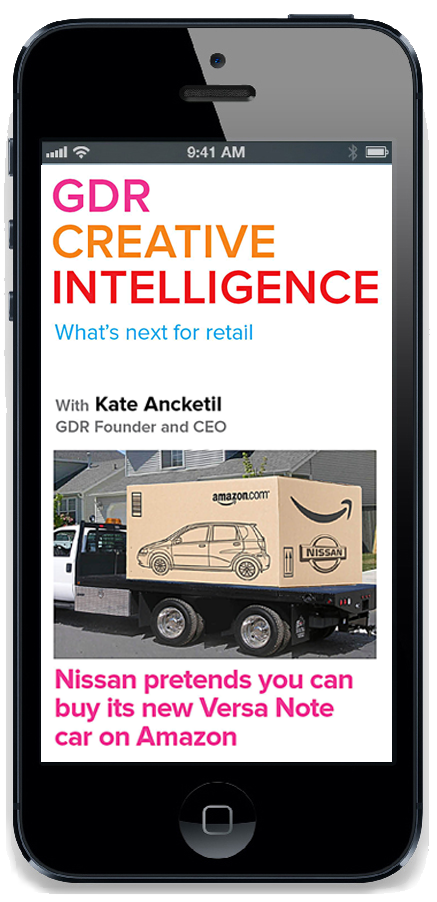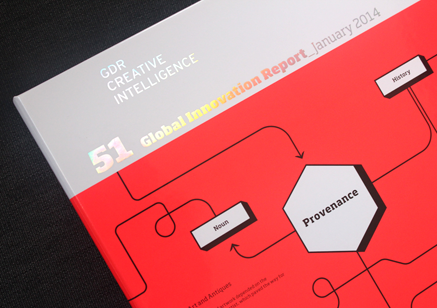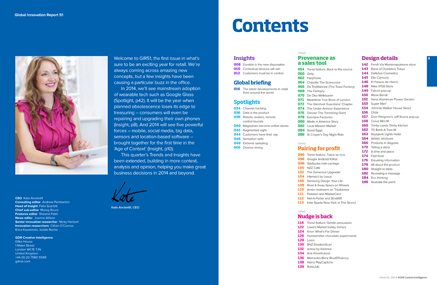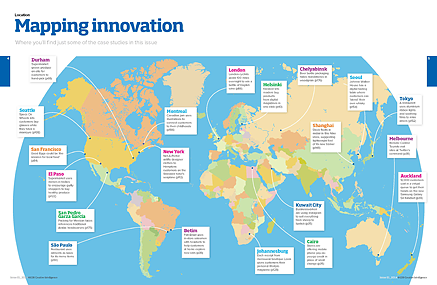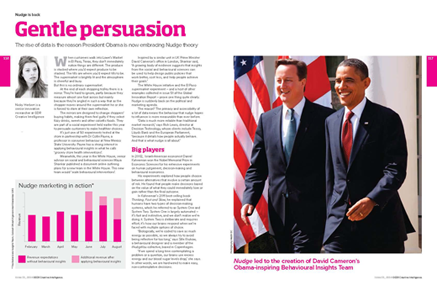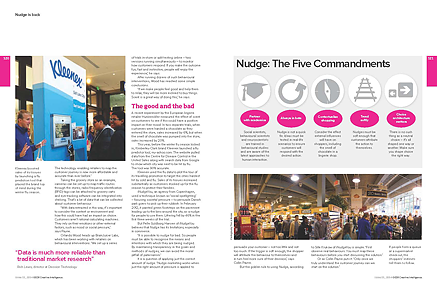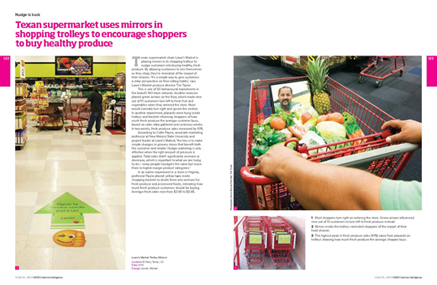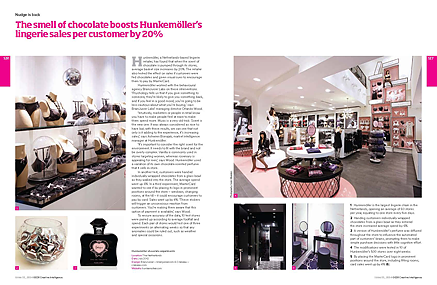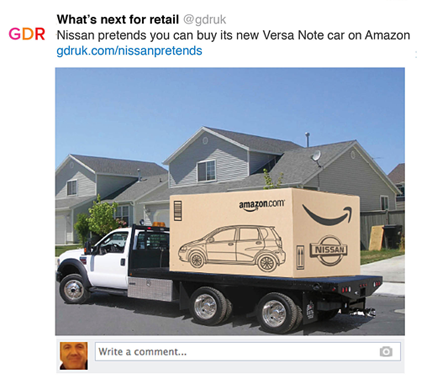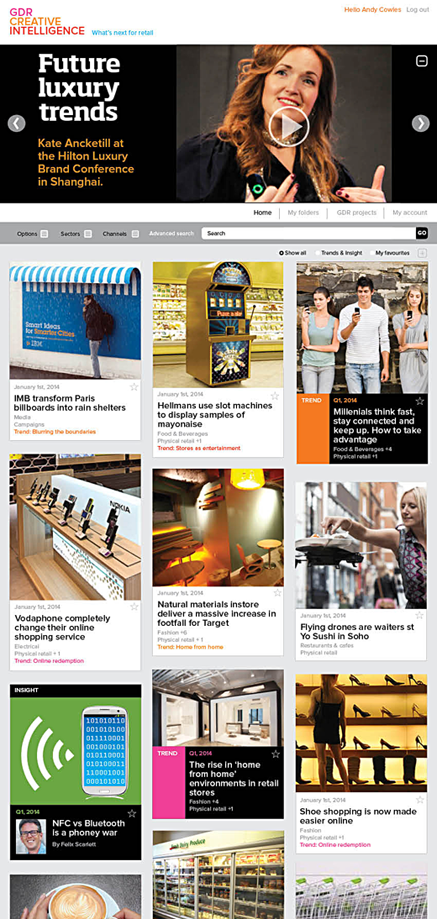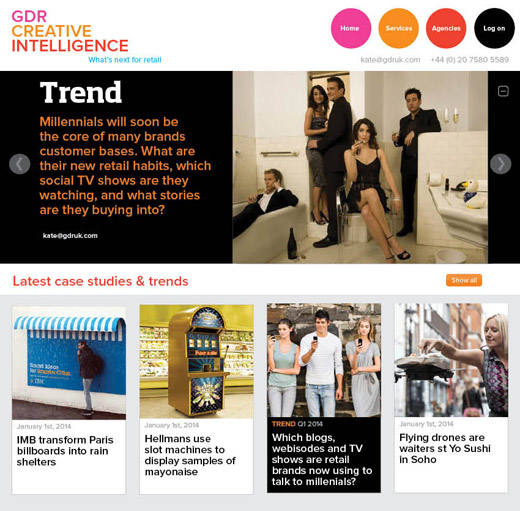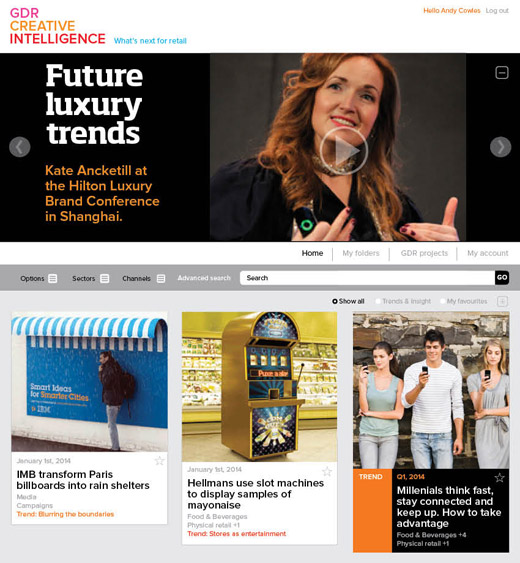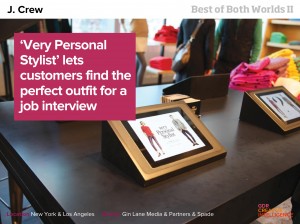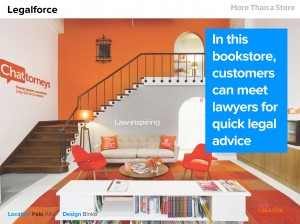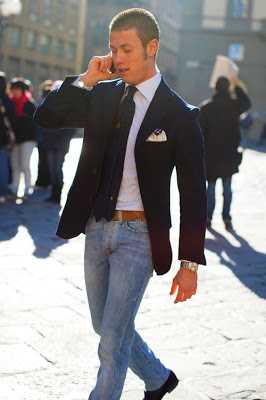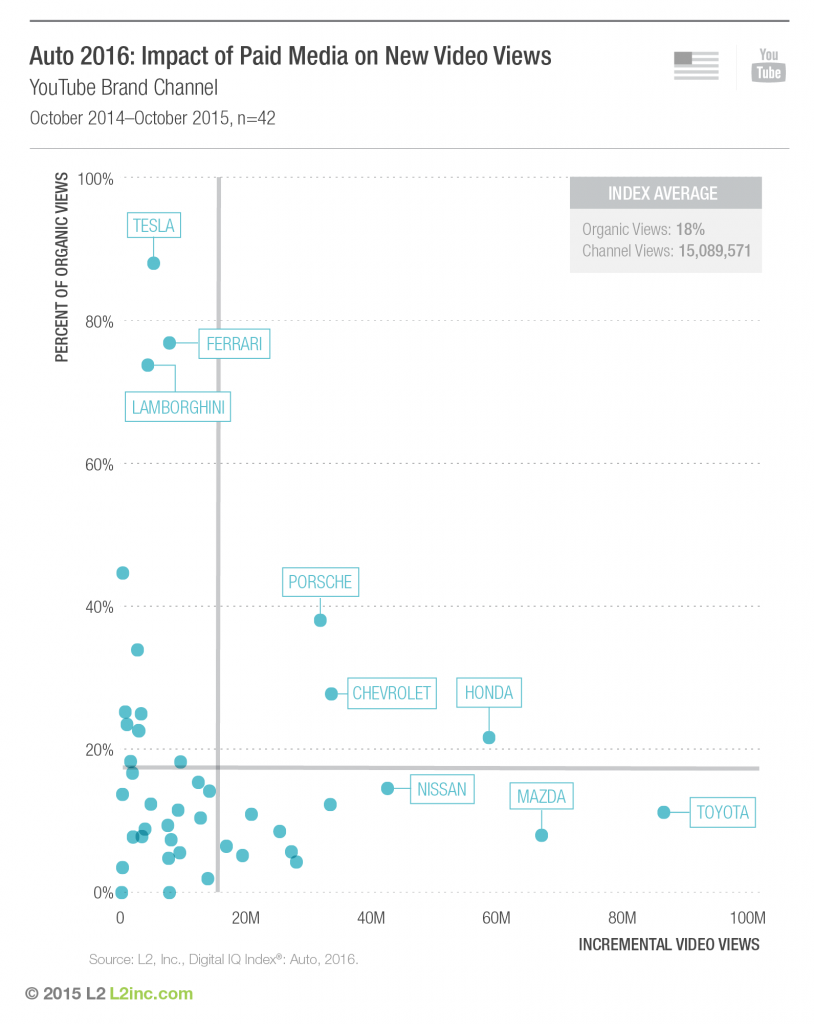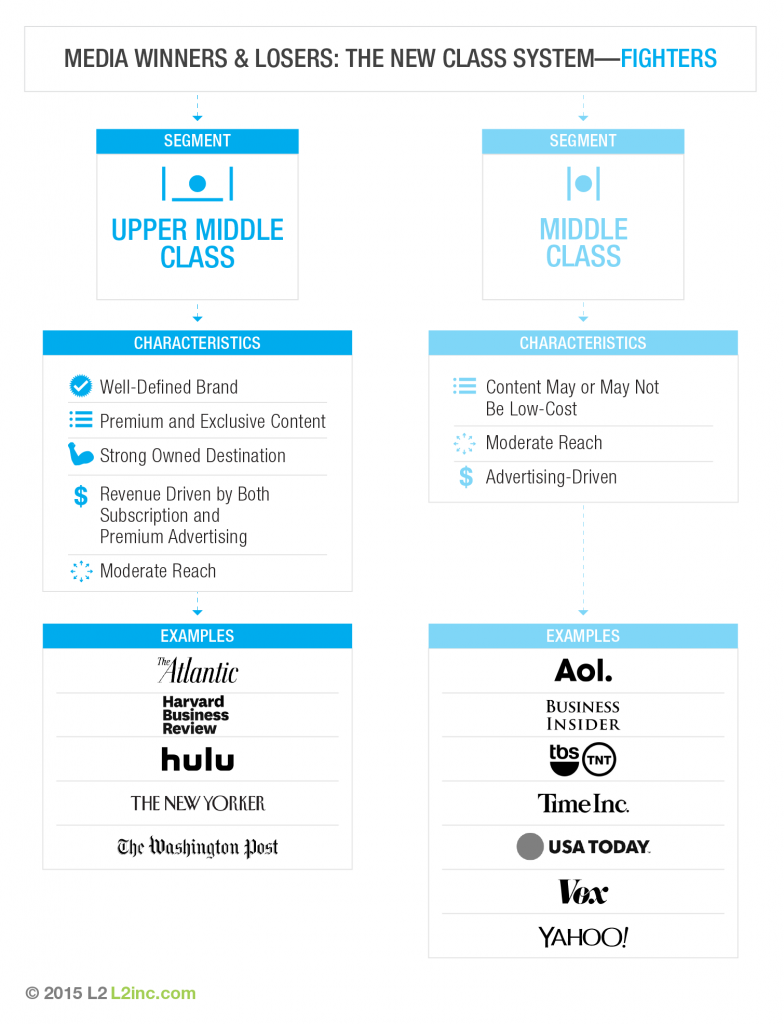Aged between 22 and 37? This is your time. This is the millennial moment
This is the millennial moment, long expected and feared by companies that built their brands for baby boomers. They are ageing and their offspring, once called the “echo boom”, are no longer teenagers, or even students.
Pew Research Center, the US research group, defines millennials as the 73m Americans aged between 22 and 37, who will next year overtake boomers in number.
“We don’t think of them as special or different any more. They are the core of our business,” says Alan Jope, president of beauty and personal care at Unilever.
The coming of age of the world’s 2bn millennials is not only a generational shift: it is one of ethnicity and nationality.
Forty three per cent of US millennials are non-white, and millennials in Asia vastly outnumber those in Europe and the US. Despite China’s former one-child policy, it has 400m millennials, more than five times the US figure (and more than the entire US population) while Morgan Stanley estimates that India’s 410m millennials will spend $330bn annually by 2020.
Millennials have reached what the bank calls “the most important age range for economic activity”, when households are formed, babies are born and money is spent not just on going out but on settling down. Simon Isaacs, co-founder of Fatherly, an information and ecommerce site for millennial parents, cites family camping as one of its most popular topics. “That does extremely well for us. They like to buy cool family tents and share videos of their trips.”
This reflects the depth to which technology is integrated into millennials’ lives and habits. The oldest were teenagers at the time of the Netscape initial public offering in 1995, as the internet became a mass medium, and the youngest were 11 when the Apple iPhone was launched in 2007. They are used not only to communicating online but buying most things there: $25bn was spent on Alibaba’s Singles Day online shopping festival in China on November 11. Big companies have scrambled to adjust to millennial tastes. “Local, original, and what they can feel and trust are all good. Maybe there is a bit of a reaction to globalisation,” says Laurent Freixe, who heads Nestlé’s US and Americas business, “Organic, natural, and non-GMO are crystallising in the US very fast.” Nestlé last year bought the Blue Bottle chain of coffee shops and in May signed a $7.1bn licensing deal with Starbucks to refresh its Nescafé and Nespresso brands.
But it is placing immense strain on institutions that once thrived on mass marketing of products through television advertising. Growth has slowed and investors are unhappy. “They are only about global brands, one size fits all. That was great in the ’80s and ’90s but the world has changed. Millennials want these little brands, local brands,” Nelson Peltz, the 75-year-old activist investor, said last year as he attacked Procter & Gamble.
Some are being outflanked by young rivals with roots in internet and mobile. Google and Facebook have shaken marketing groups such as Publicis and WPP, and the streaming service Netflix last month overtook Walt Disney as the world’s most valuable entertainment company.
Often, revenues are simply nibbled away by upstarts: Boston Consulting Group estimates that between 2011 and 2016, large US consumer groups lost $22bn in sales to smaller brands.
‘We cannot change things’ Ella Kieran, head of WPP’s Stream conferences for its clients, is the epitome of the high-flying young global executive. At 31-years-old, she and her entrepreneur husband have a one-year-old daughter, and she divides her time between London and New York. But the couple are still renting and she worries about her generation’s future.
“The pessimism of my generation is the sense that you cannot change things,” she says. “If you don’t have a lot of money, it does not feel as if you are going to get it. Now, as I have a family, I’m happy that baby food is better, thanks to five years of people before me saying: ‘This brand does not speak to me.’ But you guys got houses and we got slightly nicer shampoo.”
In the US and Europe, many millennials are disenchanted with their lot as they attain maturity. A UK Resolution Foundation study found that pessimists outweighed optimists by two to one when they were asked about their chances of improving on their parents’ fortunes. They are highly educated: 39 per cent of British 25 to 39-year-olds are graduates, compared with 23 per cent of those between 55 and 64. But their sophistication and ambition is not matched by security. This is largely an accident of history. Older millennials entered the workforce in the mid-2000s, and many lost jobs after the 2008 crisis. They were also caught by rapid inflation in house prices as interest rates fell and remained low. The milestones of leaving home, getting a job, marrying and having children have been delayed — 45 per cent of 18 to 34-year-old Americans had done all four in 1975, but only 24 per cent had in 2015.
It has spawned widespread distrust, both in organisations and individuals. A Pew study in 2014 found that only 19 per cent of millennials believed that others could be trusted, compared with 40 per cent of boomers and 31 per cent of the generation Xers born between 1965 and 1980. Millennial faith in institutions is also low.
“This generation is incredibly sceptical of governments and big corporations,” says Keith Niedermeier, professor at the Wharton business school. Malcolm Harris, author of Kids These Days, a book about “why it sucks to have been born between 1980 and 2000”, says distrust is only natural among a generation that has to struggle for security. “If competition is the main feature of your world, you would be a fool to find people trustworthy,” he says. The preference for local, organic and craft products is also logical, in his view: “You want to be part of a circle of production and consumption that is not centred on enriching the 1 per cent.”
The pattern of preferring smaller, independent brands and outlets extends to media consumption. Technology and social media have unleashed an extraordinary fragmentation in how they absorb information. In the US, they watch 19 hours a week of broadcast and cable television, compared with the average adult’s 34 hours, according to Nielsen. Radio stations have lower reach among millennials but 37 per cent of them listen to at least one podcast a week. New companies can reach millennials via social media, which further encourages fragmentation. Beauty is a prime example. Revenues of smaller brands grew 16 per cent a year between 2008 and 2016, according to the consultancy McKinsey. Millennials will often experiment with edgier brands such as Urban Decay, which was acquired by L’Oréal in 2012. Make-up artists, including Charlotte Tilbury and Trish McEvoy, have attracted large followings.
Beauty’s expansion into a $250bn global industry has been fuelled by Instagram. Marla Beck, co-founder of Bluemercury, a US chain of cosmetics stores, cites the growth of face masks, including many Korean brands, as an example. Smaller companies are now selling black, silver and even rainbow masks. “Masks used to be a teeny category but they are very visual,” she says. “You can display your face [on Instagram] and show that you know about lifestyle, that you take care of yourself.”
Technology has not eliminated a millennial desire for community experience. Shared workspaces are expanding — the co-working company WeWork was valued at $20bn last year — members’ clubs such as Soho House are growing and festivals have proliferated. Live music alone had global revenues of $26bn in 2016, according to PwC. “I laugh about the terms community and experience, but they are exactly what we provide,” says Nick Jones, founder of Soho House.
Asia’s millennials, the biggest generation of all, share many attributes with those in the west, but not their insecurity. They are confident of living better lives than their parents, particularly in China, where baby boomers lived through Maoism and the cultural revolution of the late 1960s and 1970s.
Even in south-east Asian “tiger” economies that achieved rapid growth, families often saved all that they could. Millennials in China, many of whom are single children, behave quite differently. “They are very optimistic about the future and they are willing to spend money,” says Jessie Qian, KPMG’s head of consumer markets in China. McKinsey, the consultancy, describes young Chinese adults as “confident, independent minded, and determined to display it through consumption.” It is having a profound effect on global patterns of consumption, with more to come. Emerging and developing economies are home to 86 per cent of millennials, and the World Bank estimates that Chinese millennials’ income will overtake that in the US by 2035. The luxury industry has tilted towards Asia, where prestige brands are seen as guarantees of quality. A third of Chinese millennials said in one survey that they were very likely to buy a Swiss watch.
Like others, the luxury industry is having to adjust to what these consumers want. It was once tightly controlled, with seasonal fashion shows to unveil designs that were then pushed through stores. Now, social media influencers such as Chiara Ferragni, an Italian fashion maven with 13m Instagram followers, set the trends and the pace has quickened. “They need more regular product, more drops, something new on Instagram,” says Helen Brand, UBS European luxury analyst.
The surprise is the degree to which Asia’s luxury consumers have been joined by a segment of millennials in the west. “A few years ago, millennials were seen as young people who could not afford luxury,” says Ms Brand. The bank estimates that they account for 50 per cent of Gucci’s sales and 65 per cent of Yves Saint Laurent’s. It is a taste of millennials’ buying power — their collective annual income will exceed $4tn by 2030, according to the World Bank.
This also reflects the divide in fortunes among millennials in the US and Europe, not just between high and low earners but between those born to asset-rich baby boomers and those lacking familial wealth. Accenture estimates there will be a transfer of at least $30tn in wealth from US baby boomers to millennials during the next three decades. The move has started with parental loans to young adults to buy homes, and will continue through death and inheritance.
Other millennials are out of luck, along with the institutions that flourished in the baby boom era and are being disrupted. Ms Kieran of WPP has little sympathy for the consumer giants.
“We can’t win on anything else, so if we rattle the cage of corporations on sustainability, that’s good.”
Hers is the voice of a generation that now wields greater power than even some of its members realise. The companies that cannot meet their demands are in trouble.
Posted in: Content strategy | Leave a Comment

